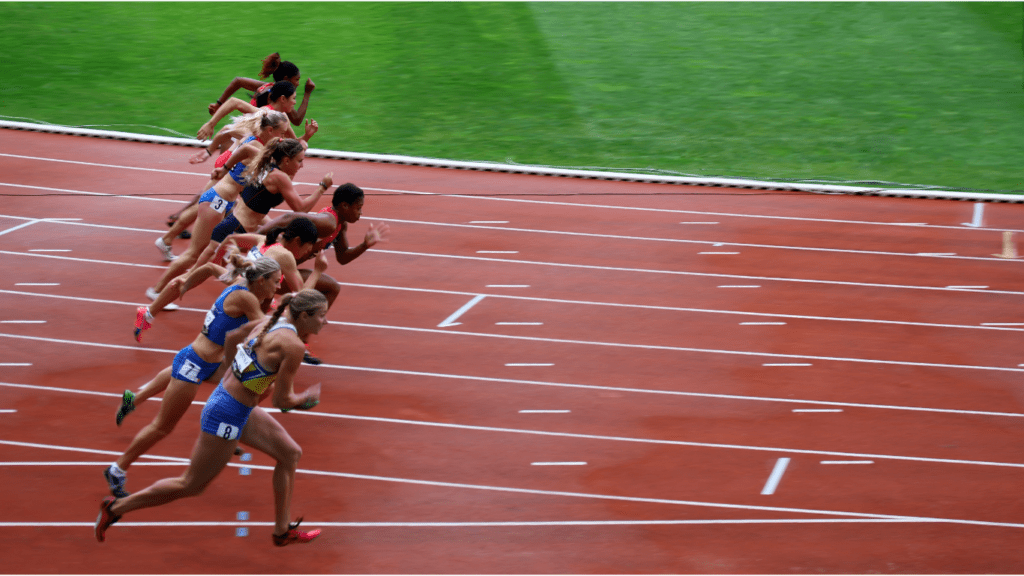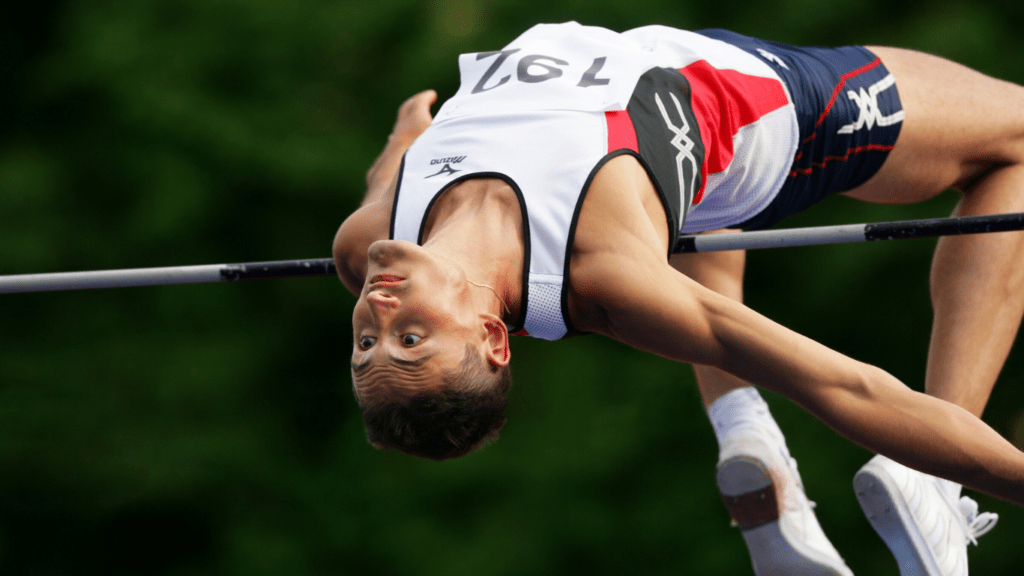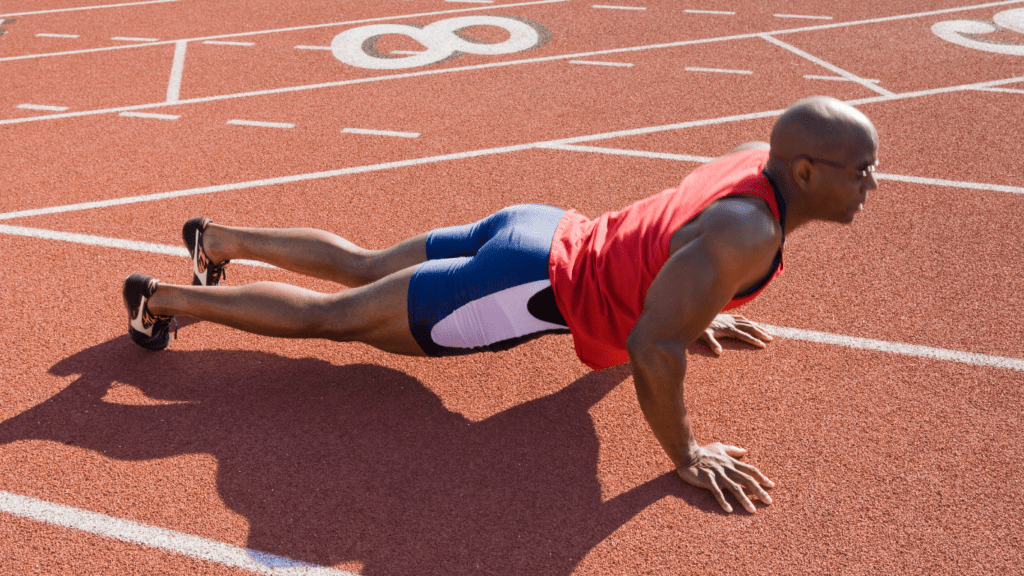When it comes to athletic performance, being great at just one thing isn’t enough. True all-round athletes possess a blend of strength, speed, and stamina that lets them excel in any physical challenge. It’s not about specializing—it’s about mastering the balance between power, agility, and endurance.
Importance Of Creating A Balanced Athlete
Developing a balanced athlete enhances overall performance by synchronizing strength, speed, and stamina. Without balance, specializing in one area often limits functional capabilities in others. For example, excessive focus on strength could hinder speed and endurance, while prioritizing stamina without strength lowers power output.
Balancing physical attributes reduces injury risks. Disproportionate development of muscle groups, such as strong quadriceps but weak hamstrings, increases susceptibility to strains or tears. Creating equilibrium across muscle groups ensures joint stability and movement efficiency.
Integrated training methods maximize results. Combining weightlifting, sprint intervals, and aerobic conditioning aligns the body’s systems for optimal performance. For instance, circuit training blends strength and endurance for time-efficient, synergistic gains.
A balanced athlete adapts better to varied sports. Activities requiring multi-dimensional skills, including soccer or basketball, demand strength for power moves, speed for agility, and stamina for sustained effort. Balanced abilities translate seamlessly across these scenarios.
Strength Training For All-Round Athleticism
Strength training forms the foundation of balanced athletic performance. It increases power, improves movement efficiency, and supports overall physical resilience for demanding activities.
Benefits Of Strength Training
Strength training offers numerous advantages for all-round athleticism:
- Enhanced Power Output: Builds force production crucial for explosive movements like sprinting and jumping.
- Injury Prevention: Strengthens muscles and joints, reducing the risk of overuse injuries.
- Improved Endurance: Supports stamina by bolstering muscular efficiency during prolonged activity.
- Versatile Performance: Enhances adaptability across sports requiring strength, speed, and stamina.
For example, deadlifts increase raw strength while aiding hip and hamstring resilience, which is vital in sports like soccer and basketball.
Essential Strength Training Exercises
Including specific exercises develops balanced strength:
- Deadlifts: Engage posterior chain muscles for total-body strength.
- Squats: Promote lower body power for running and jumping.
- Pull-Ups: Improve upper body and grip strength, assisting climbing or contact sports.
- Bench Press: Builds pressing strength, enhancing overall upper body stability.
- Planks: Strengthen core stability, essential for maintaining posture under physical stress.
Performing these exercises with proper form ensures optimal results and reduces the risk of injuries.
Tips For Effective Strength Workouts
Maximize strength training efficacy with these practices:
- Prioritize Compound Movements: Choose exercises targeting multiple muscle groups for functional strength.
- Follow Progressive Overload: Gradually increase weight or intensity to spur continuous muscle growth.
- Allow Recovery: Incorporate rest days and active recovery to avoid overtraining.
- Focus On Technique: Use correct form to build strength efficiently and avoid injuries.
For instance, starting with lighter weights ensures proper form before progressing to heavier loads. Every aspect of strength work contributes to more balanced athleticism.
Enhancing Speed For Peak Performance

Speed is a key component of athleticism, improving both performance and adaptability. Maximizing speed requires targeted drills, proper techniques, and avoiding common errors during training.
Why Speed Matters
Speed enhances performance across nearly all sports by enabling quick reactions, explosive movements, and efficient transitions. In activities like track, soccer, or football, faster athletes outperform opponents during sprints, bursts of acceleration, or quick changes in direction. It also boosts overall agility, helping athletes navigate dynamic situations effectively.
Drills And Techniques To Improve Speed
Targeted drills and techniques can significantly enhance speed.
- Sprint Intervals: Alternating between maximum-effort sprints and recovery periods builds explosive power and endurance.
- Plyometric Exercises: Movements like box jumps or bounding develop fast-twitch muscle fibers critical for acceleration.
- Resisted Running: Incorporating resistance, such as sprinting with parachutes or weighted sleds, improves force application and stride length.
- Form Drills: Focusing on proper form through high knees, butt kicks, and A-skips refines mechanics and prevents inefficiencies.
Common Mistakes To Avoid In Speed Training
Avoiding common training errors maximizes speed gains.
- Neglecting Warm-Up: Skipping dynamic warm-ups increases injury risk and reduces performance.
- Overtraining: Excessive sessions without recovery limits gains and raises fatigue levels.
- Ignoring Technique: Poor running form, like overstriding or improper arm action, hinders efficiency.
- One-Dimensional Training: Solely performing sprints without integrating strength or plyometric work fails to develop the muscles required for peak speed.
Boosting Stamina For Endurance
Enhancing stamina is essential for athletes aiming to sustain peak performance over extended periods. It’s the foundation for endurance across sports like long-distance running, basketball, and soccer.
The Role Of Stamina In Athletic Performance
Stamina enables athletes to maintain consistent energy levels during prolonged activities. It improves the efficiency of the cardiovascular and muscular systems, ensuring a steady oxygen supply for sustained effort. Without it, performance declines rapidly in endurance events or sports requiring repeated high-intensity bursts.
For example, in basketball, stamina directly impacts the ability to maintain speed and agility during back-to-back possessions. In long-distance running, it determines the capacity to keep up the pace over several miles without fatigue taking over.
Best Practices For Building Stamina
Consistent training, structured routines, and proper recovery increase stamina significantly. High-volume aerobic exercises, like cycling or swimming, should form the backbone of stamina-focused workouts. Gradually increasing distance, intensity, or time strengthens endurance while minimizing overexertion risks.
Interval training boosts stamina by targeting both aerobic and anaerobic systems. Adding 20-30 minute sessions of high-intensity intervals, such as running or rowing, enhances heart function and oxygen utilization. I ensure all exercises start with dynamic warm-ups and end with cooldowns to prevent injury and optimize recovery.
Additionally, maintaining balanced nutrition supports stamina development. Foods rich in complex carbs, lean proteins, and healthy fats sustain energy, while electrolytes and hydration prevent fatigue during prolonged activities.
Combining Aerobic And Anaerobic Training
Blending aerobic and anaerobic exercises maximizes stamina by challenging multiple energy systems. Aerobic training strengthens endurance for steady, prolonged activity. Examples include jogging, swimming laps, or cycling at moderate intensity for 30-60 minutes.
Anaerobic exercises, such as sprints and plyometrics, improve the capacity to perform high-intensity bursts during competition. For instance, alternating a 400-meter sprint with a two-minute recovery jog repeatedly trains both systems effectively.
I implement cross-training programs combining steady-state cardio with intervals or circuit-style strength training. This integrated approach prevents monotony and targets comprehensive stamina development, benefiting diverse athletic performance.


 Founder & Head Performance Strategist
Founder & Head Performance Strategist
